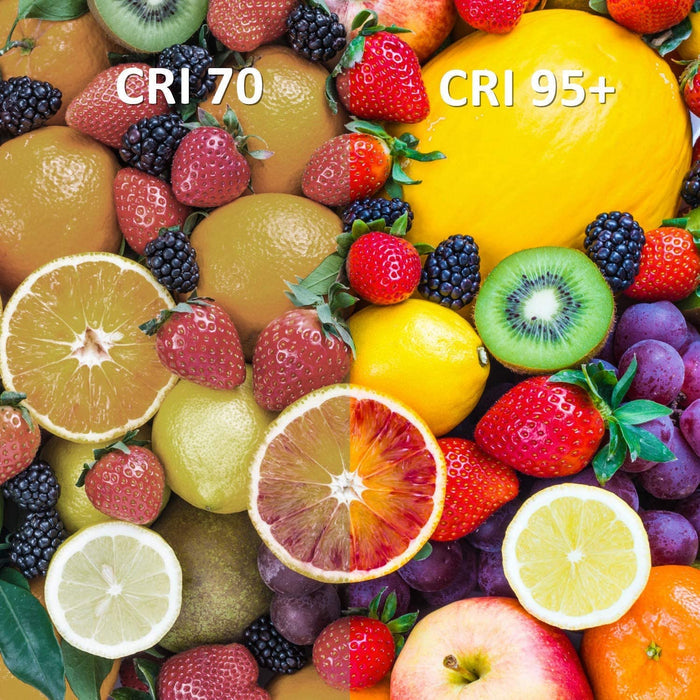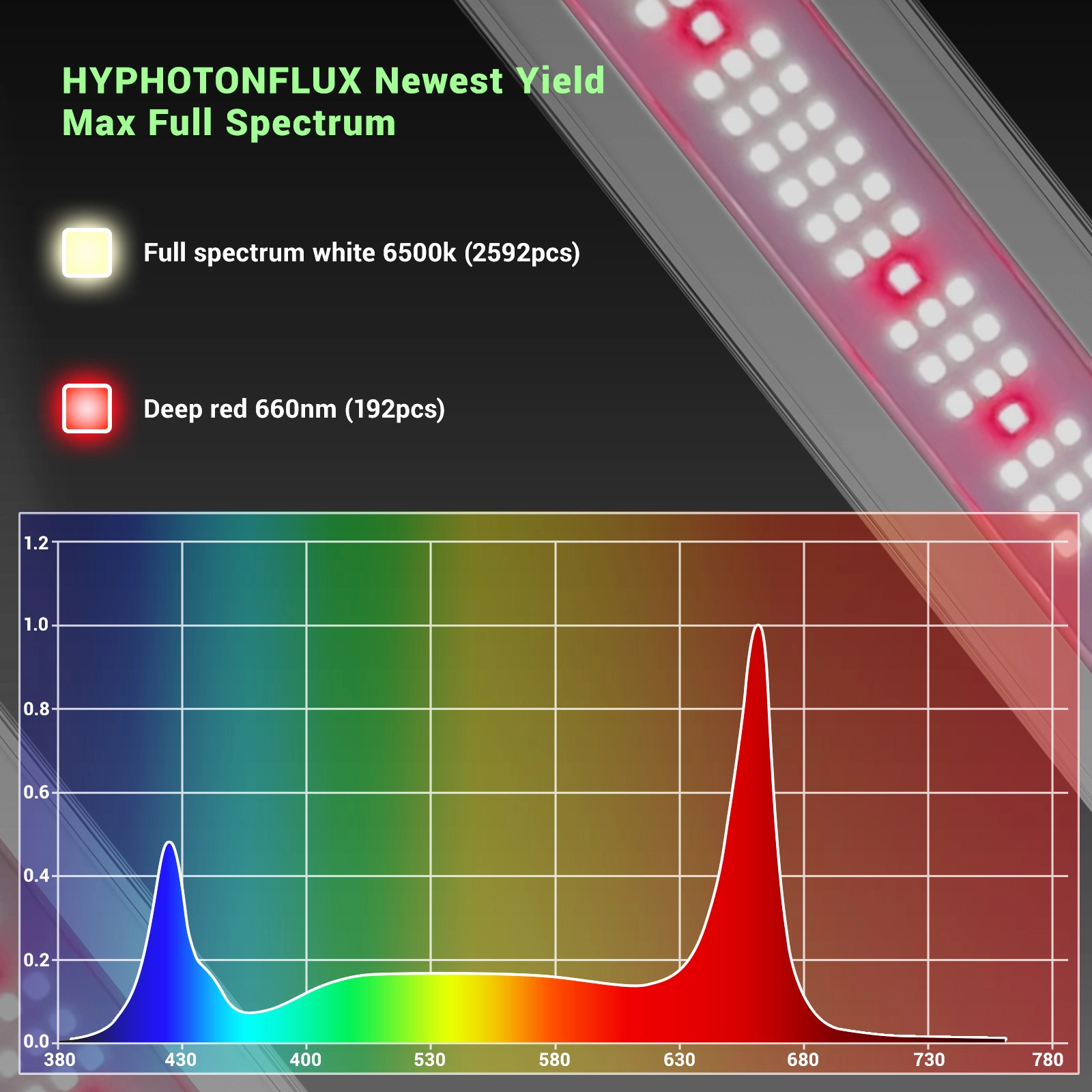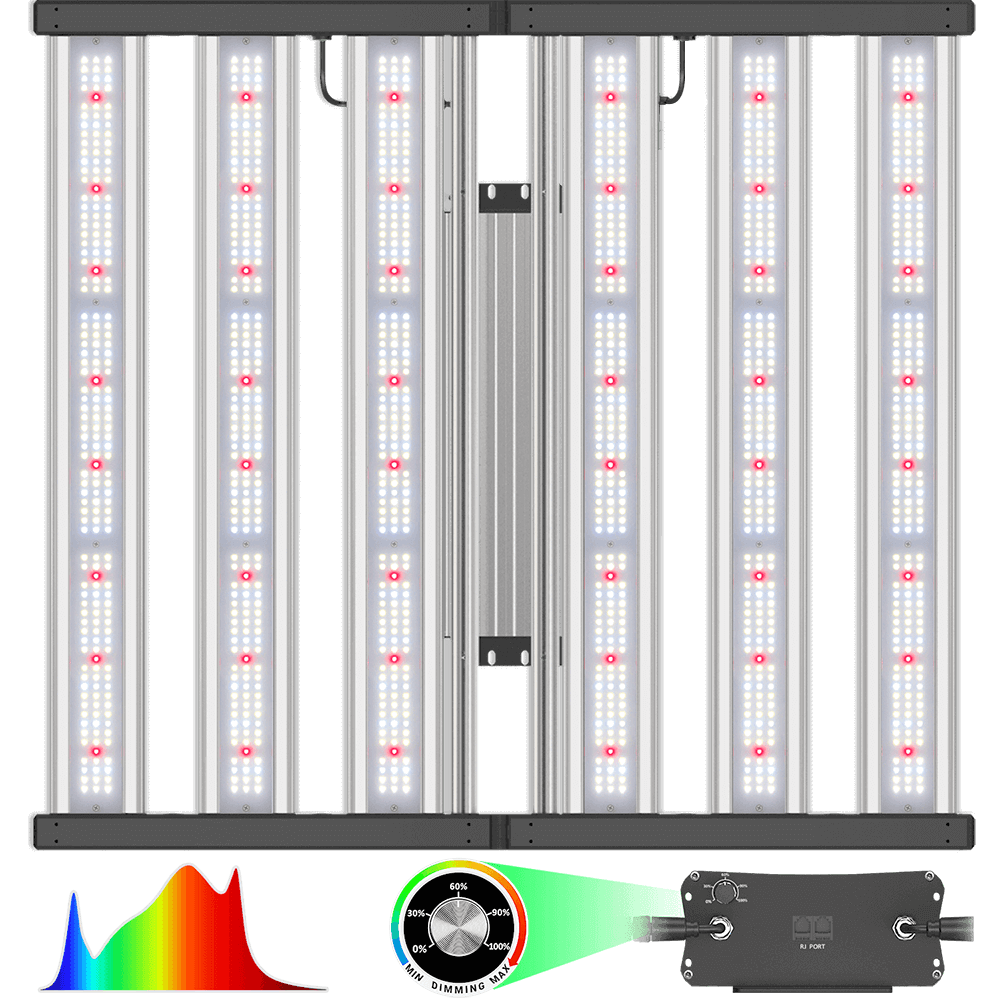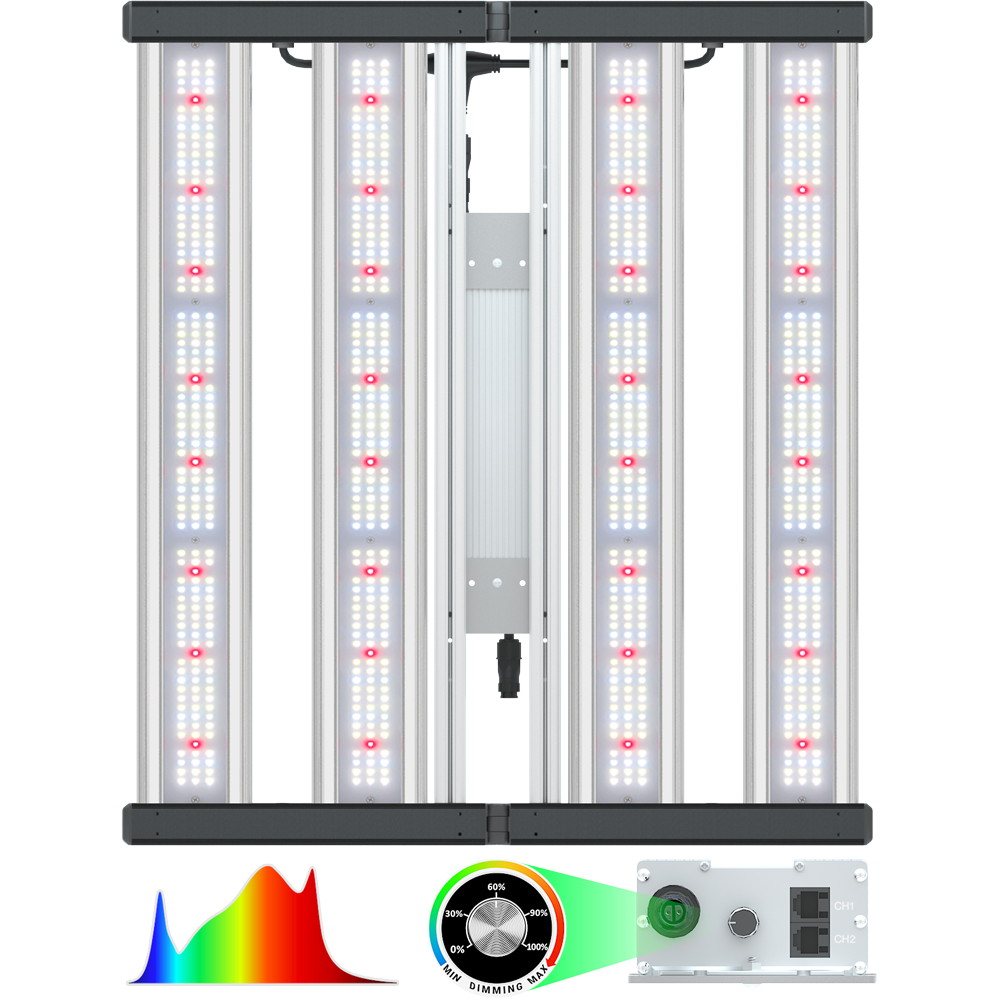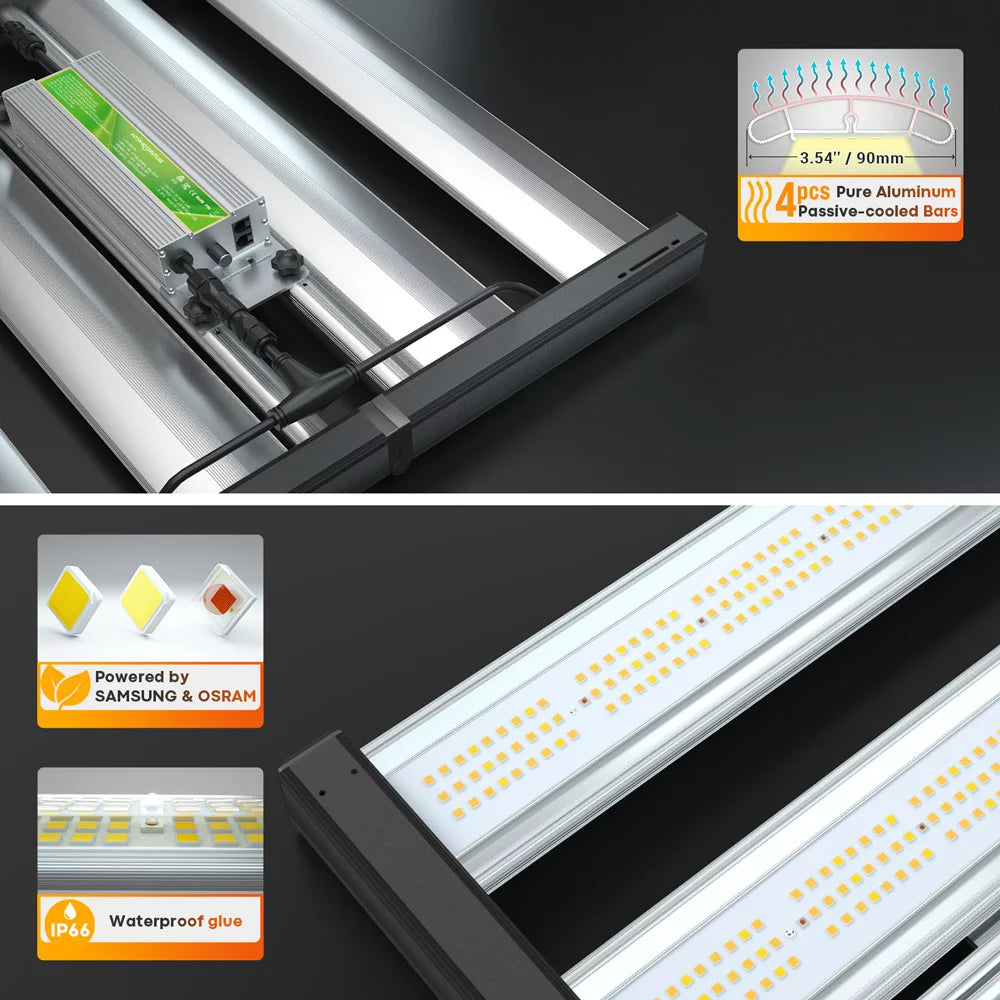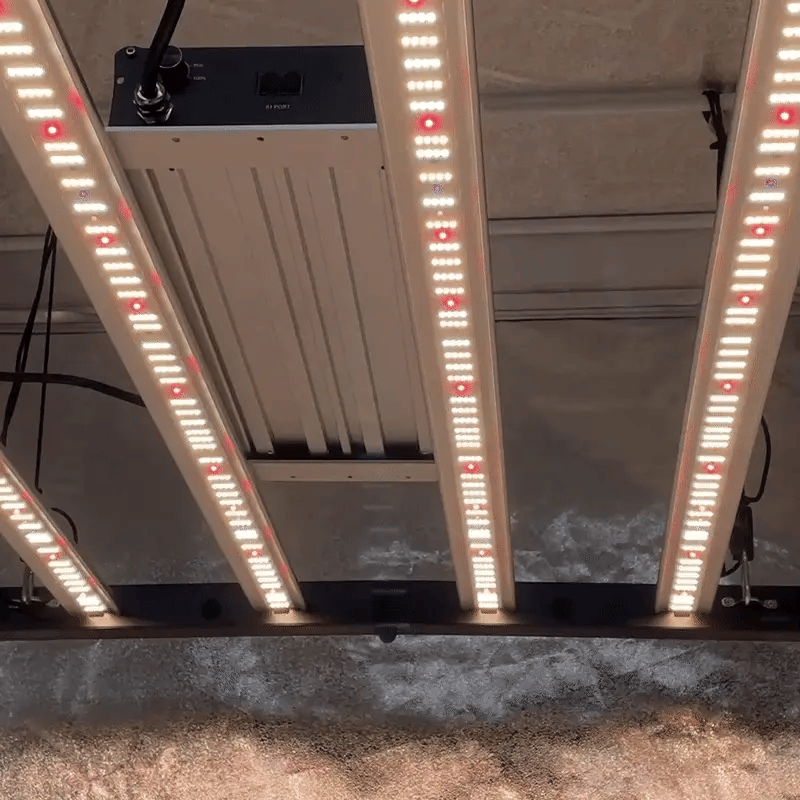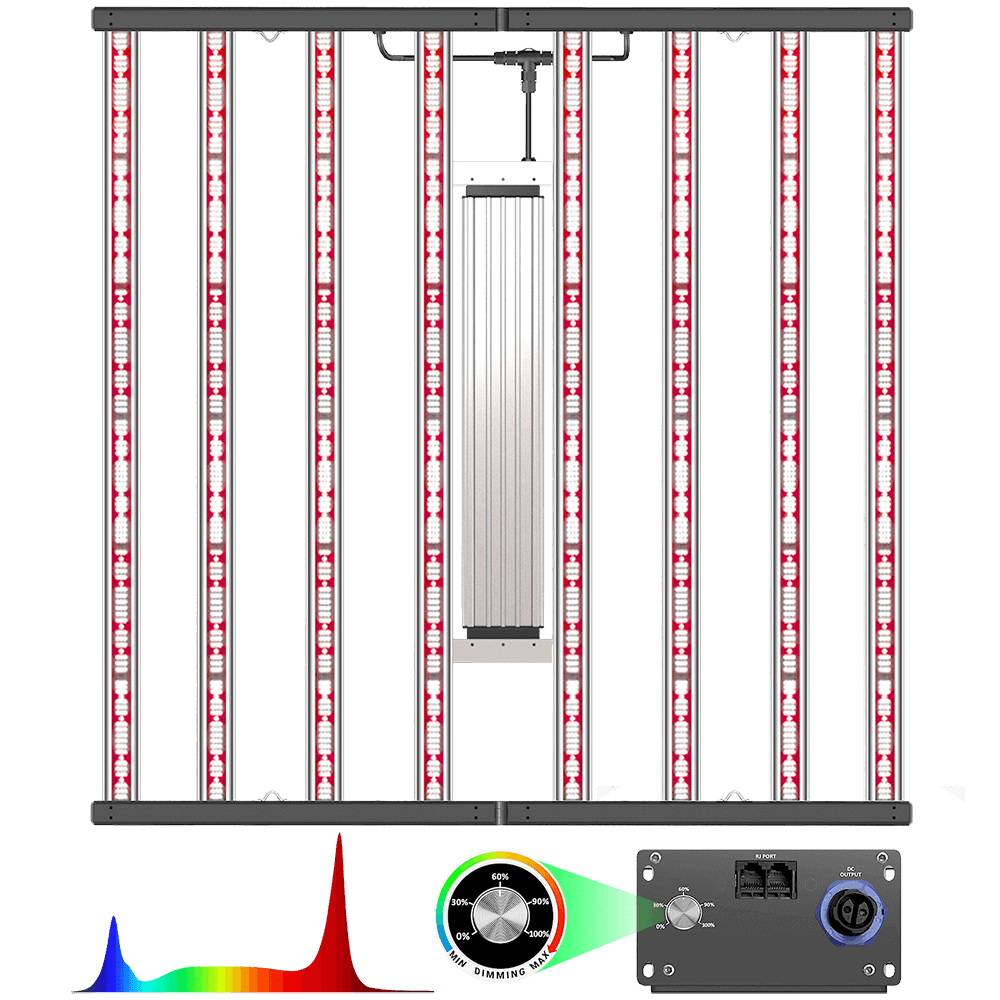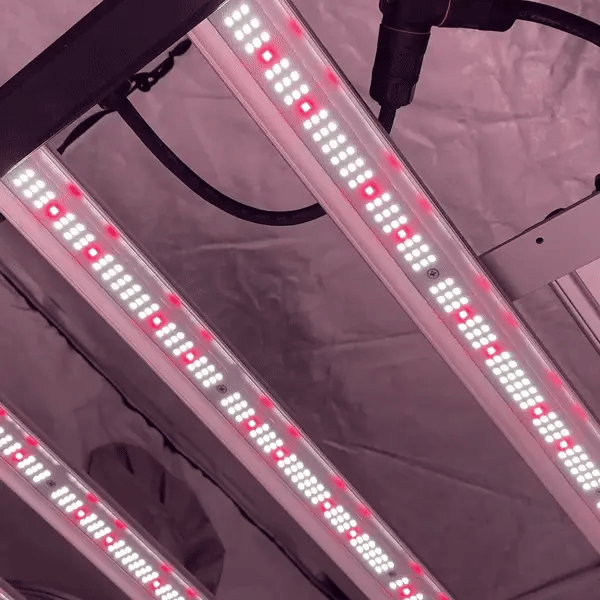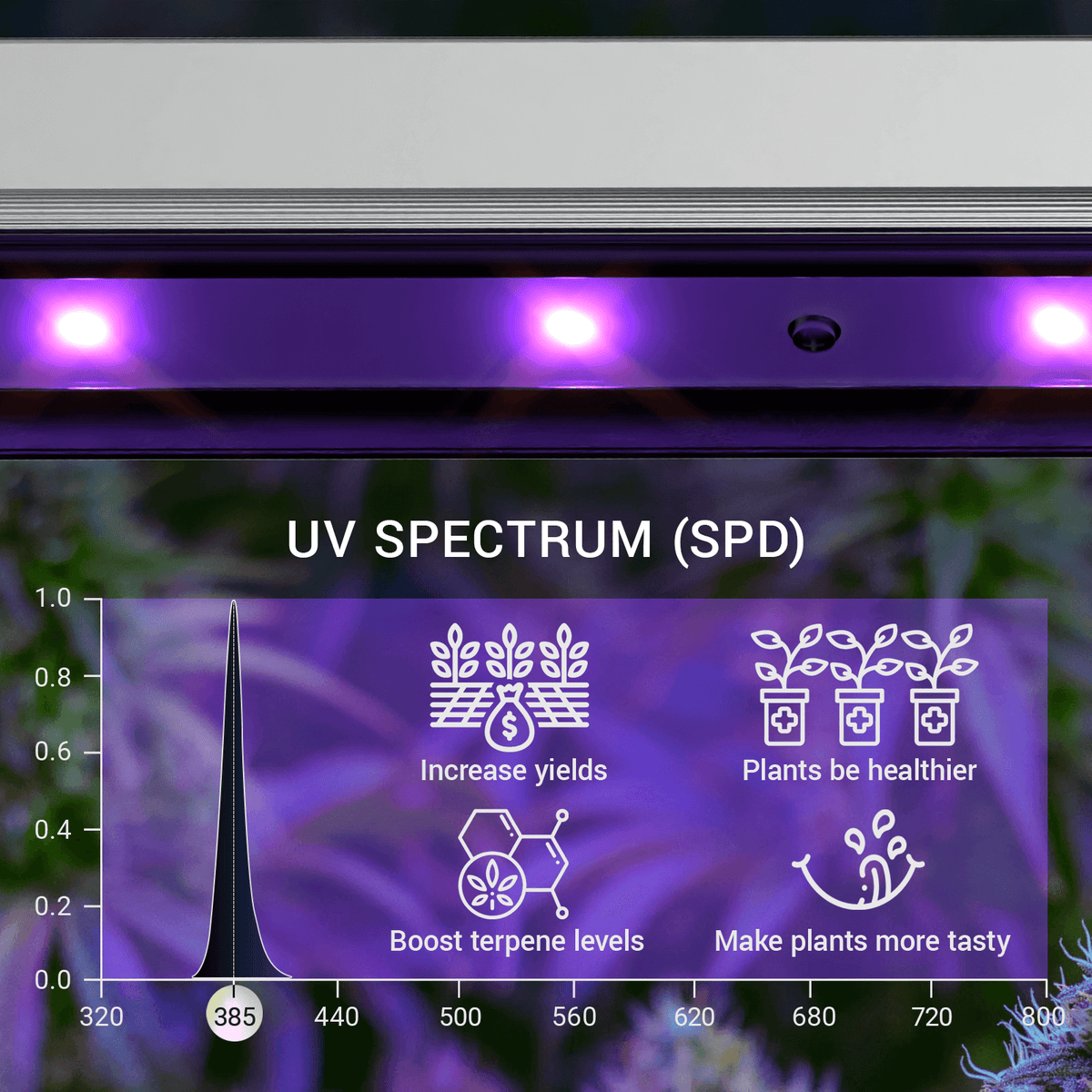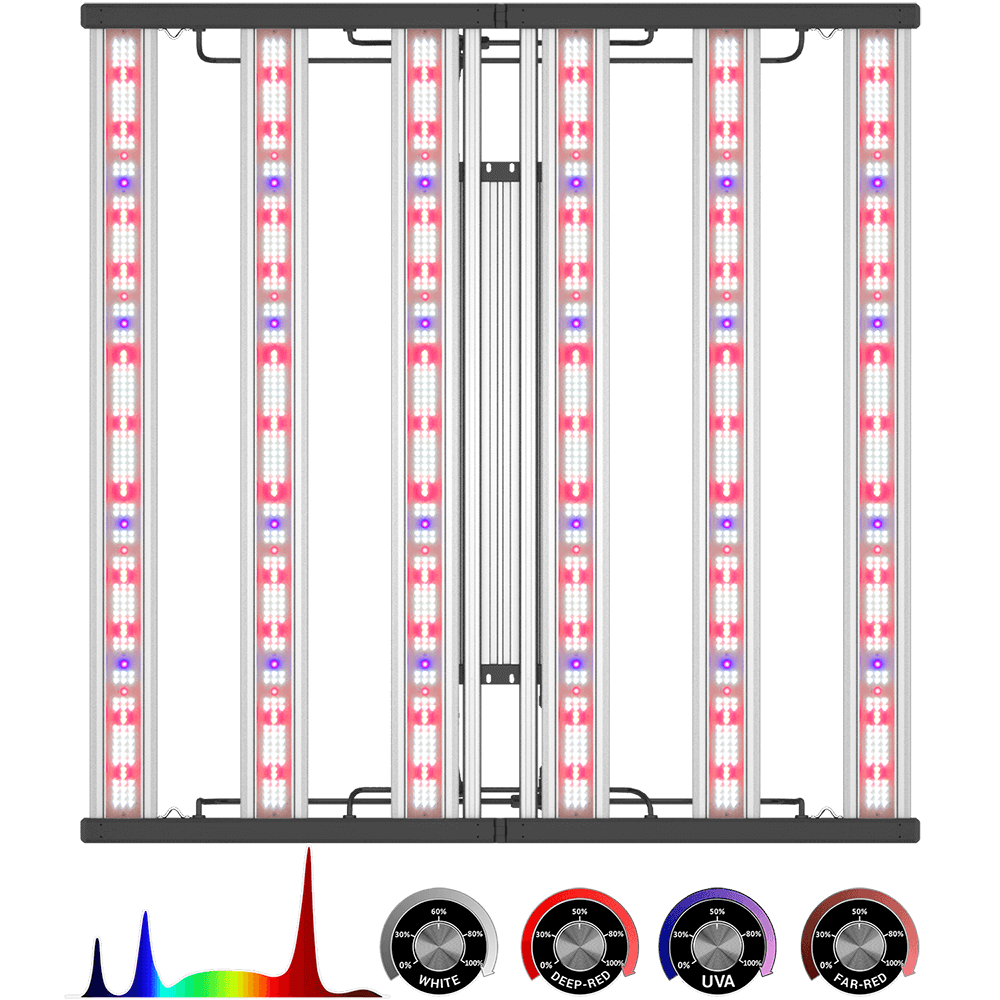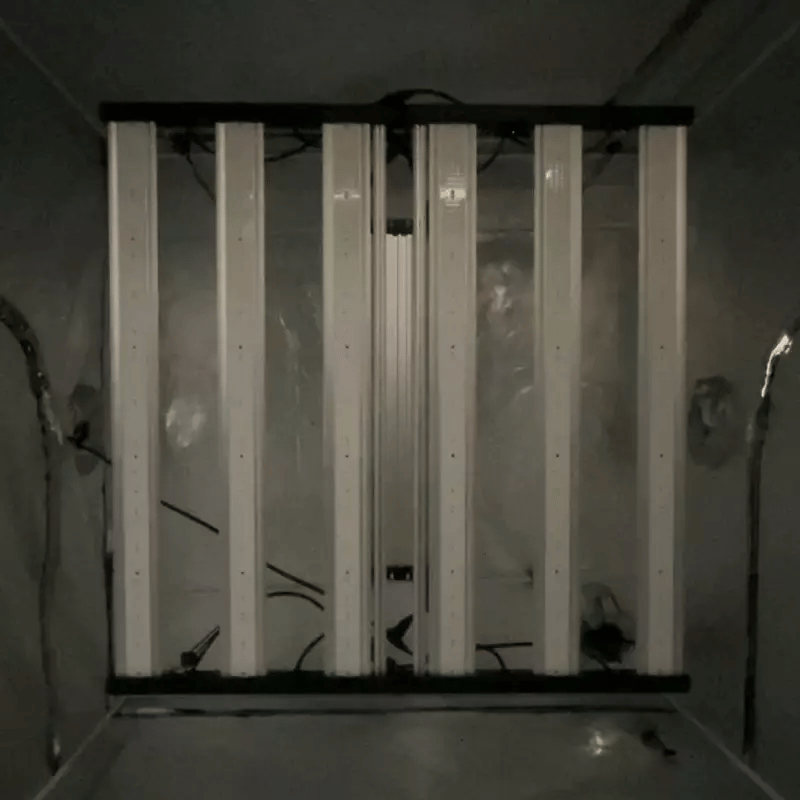The Importance of UV and Infrared Light for Growing
● Many people are familiar with the different colors of the light spectrum that are optimal for growing during the different stages of plant development. In an earlier blog entry, we discussed how white light was optimal for seed and clone development, violet/blue light (400-500nm) was vital for the vegetation stage, and orange/red light (600-700nm) was vital for the flowering stage.| UItraviolet Light | Visible Light | Infrared Light |
 |
||
| Nanometers (nm) | ||
✿ Ultraviolet Light (UV)
● Ultraviolet light is comprised of three different wavelength ranges of light. UVC (200-280nm) has the shortest wavelength and most energy, but is potentially the most stressful to plants and human skin causing sunburn and can be very damaging to human eyes. Fortunately, for humans and plants atmospheric absorption eliminates the majority of UVC shortwave light.
● UVB (280-315nm) has a short wavelength, high energy and also causes sunburn in humans and plants. UVB is known to damage protein and nucleic acids in plant cells, causing decreased metabolism and decreased number of flowers. UVB can have positive effects for plants as well. Cannabis responds to the stress and sunburn from UVB wavelengths, by creating it’s own sunscreen in the form of trichomes. The more trichome production the higher the THC, CBN and CBD levels.
● Exposure to UVB radiation is also known to reduce a plants biomass, plant height and leaf area, but increase leaf thickness, terpene and resin production. Cannabis cultivators who’s main goal is to boost the amount of fragrant enhancing terpenes and oils for edible, tincture or waxes, rather than focus on high yields may choose lighting such as Metal Halide that provides some level of UVB radiation or supplement their current lighting with UVB reptile lights.
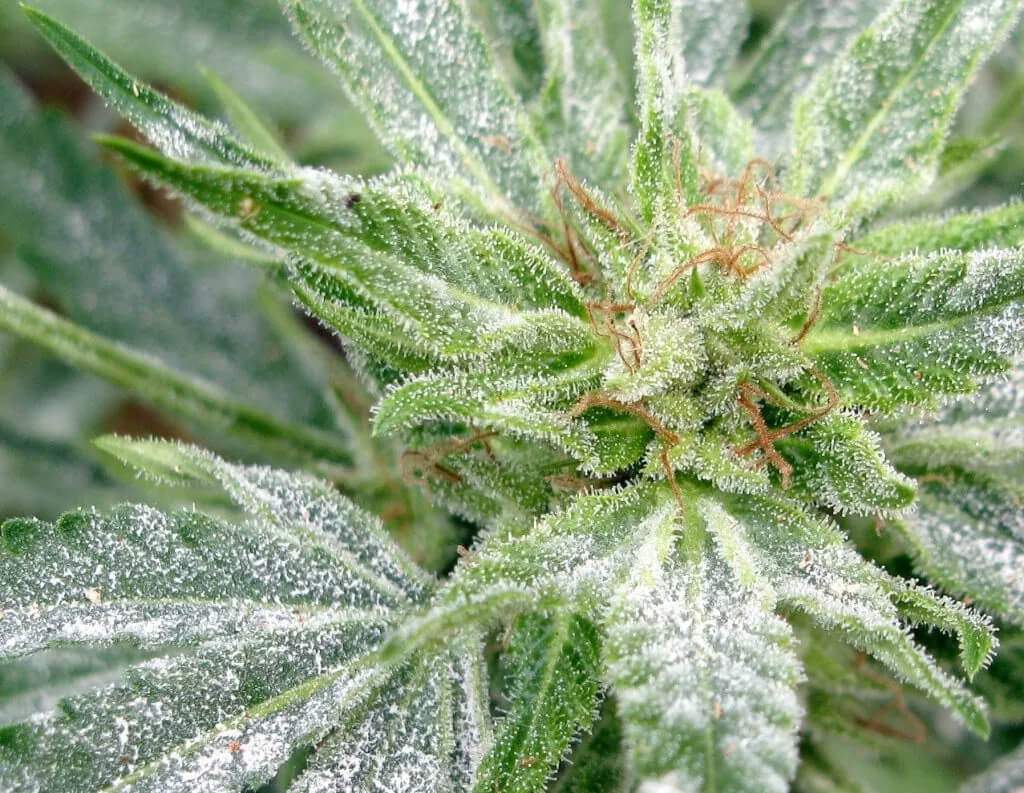
✿ Far-Red and Infrared Light
● On the far end of the spectrum (>700nm) you find far-red and infrared wavelengths of light. Far-red and infrared light have very long wavelengths, and very little energy. Infrared wavelengths are not visible to the human eye and only can be felt as heat. We know that blue and red light is optimal for plant development, but research conducted in 1957 has shown that combining blue light and red light with far-red/infrared light (700-760nm), led to an increased rate of photosynthesis due to the Emerson effect. The protein Phytochrome is the only known receptor that is sensitive to far-red/infrared wavelengths. Plants use Phytrochrome to regulate when a plants is to switch from vegetation state to flowering, and the time of flowering, due to the length of daylight or exposure to artificial light.
● The appropriate amounts of far-red and infrared light can also be a very effective at promoting robust stem growth, proper node spacing, and more flowers and fruit. Too much IR radiation can also be an issue because to plant the majority of IR radiation is felt as heat. Growers who use traditional 1000W HPS lighting, which produces excess heat through IR radiation, have to install and operate expensive HVAC systems to mitigate the heat. Too much IR radiation can cause plants to stretch spreading out the plant nodes, can discolor the leaves or even kill the plants. Choosing a light with the right appropriate amount of far-red and infrared light is key for healthy and natural plant growth. So add uv & ir on LED bar light is a good solution.
● We are honored to announce that HYPHOTONFLUX is going to release a new product with UV &IR in April, the price is hopefully under 500$. Email us if you want know more details.

